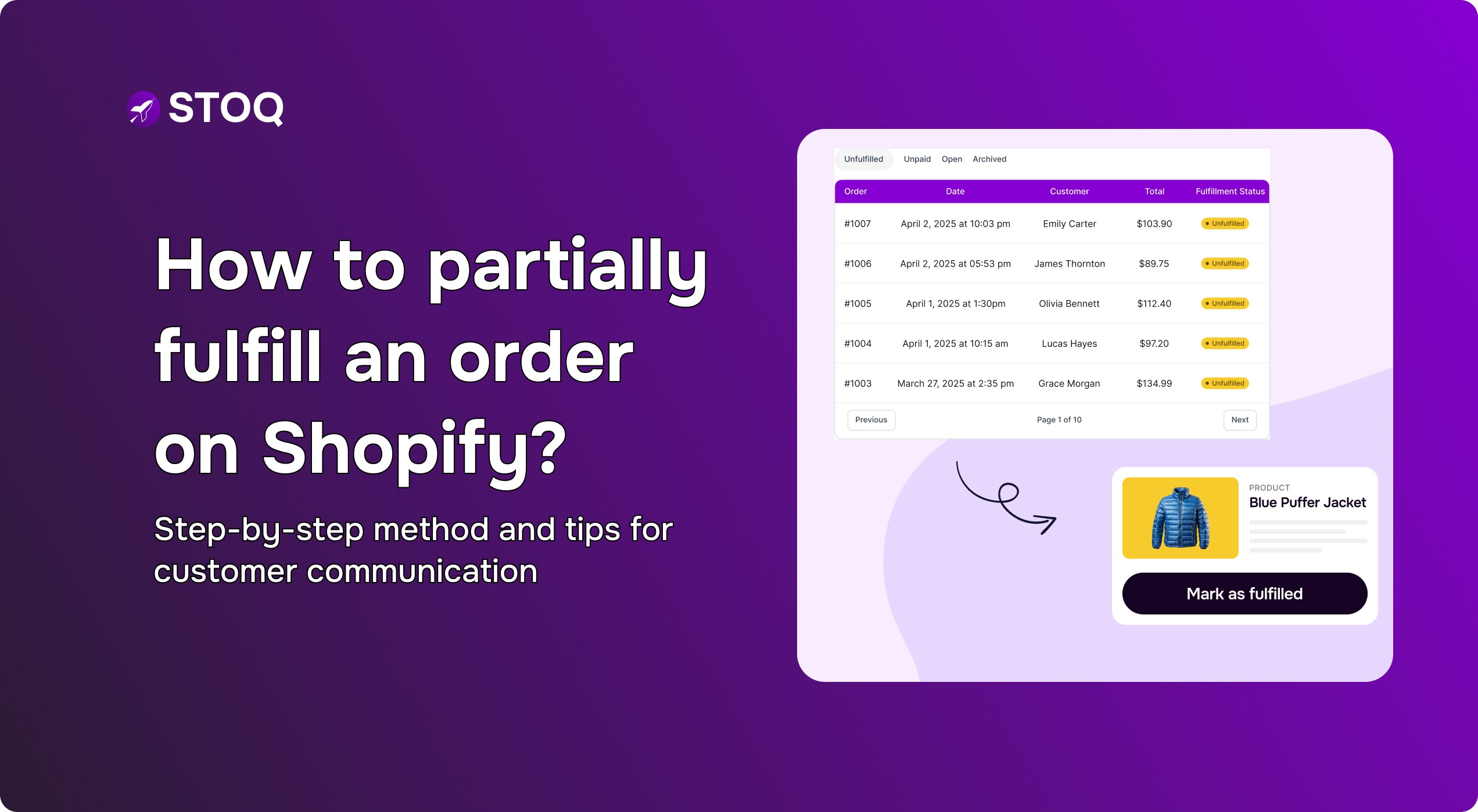Free vs Paid Shopify Preorder & Back in Stock Apps for Shopify

Free preorder app or paid: Which one to go ahead with for your Shopify store?
To cut through the confusion, we quickly decode free and paid back in stock and preorder apps so you can see what you truly get and where the real ROI lies. Choosing between the free and paid versions can feel confusing: you either save money with a free plan or pay more and expect better results.
The real question is, should you invest in a paid app, or is a free one sufficient for your needs right now? This blog answers that question directly, so you can make a confident, ROI-focused choice.
What free preorder and back in stock apps offer
Most free preorder and back-in-stock apps function by replacing the standard 'Sold Out' message on your product pages with an actionable button, such as 'Pre-order' or 'Notify Me.' This simple switch captures the customer's email or phone number right when their interest is highest. And, when a customer signs up, the app automatically adds them to a managed list.
For back-in-stock items, most free apps watch your inventory and instantly alert everyone on the list the moment you have new stock, sending a direct link to buy. For pre-orders, many apps let you accept payment immediately or take a deposit.
This process gives you a clear picture of what their customers want next, before they even place a new order with their supplier.
Benefits of free apps
- Capture sales during stockouts: Directly convert visitor interest into sales or guaranteed leads even when you have no physical inventory.
- Gauge product demand: The waitlist provides clear data on which products and variants have the highest demand, helping you make smarter inventory purchasing decisions.
- Automate customer communication: The system automatically handles the entire notification process, from sending restock alerts to confirming pre-orders, saving you significant administrative time and effort.
- Offer flexible payment options: Increase conversion rates by allowing customers to pay a deposit, split payments, or pay in full upfront, making higher-priced items more accessible.
- Maintain brand consistency: Customize the look of buttons, badges, and email alerts to ensure they blend with your store’s existing design and tone.
Limitations of free apps
- Usage caps on free plans: Arguably, the biggest limitation, most free versions almost always impose monthly limits, such as a maximum number of preorders processed, notifications sent, or products you can feature.
- Additional transaction fees: Some apps charge an extra fee on top of their subscription cost for every pre-order transaction that is completed, which can eat into your profit margins.
- Premium features cost extra: Critical functions like advanced email personalization, SMS notifications, or priority customer support may be locked behind higher-priced subscription tiers.
- Integration gaps: While many free apps connect with popular tools, compatibility with specific third-party email services, page builders, or analytics platforms may be limited or require custom work.
What paid preorder and back in stock apps unlock
Free apps can handle the basics of capturing customer interest, but paid apps function as advanced sales engines. They transform a simple waitlist into a powerful sales channel by removing all volume restrictions and introducing advanced features for payments and automation.
The core difference lies in their deeper functionality for payments, analytics, and automation, which directly translates to higher revenue recovery, better inventory forecasting, and a professionally managed customer experience during out of stock periods or product launches.
Benefits of paid apps
- Advanced payment options: Execute advanced payment strategies by collecting partial payments, deposits, or scheduling split charges, which increases order value and secures serious buyer commitment.
- Detailed demand forecasting: Access advanced analytics that forecast product demand and provide detailed reports on waitlist conversion, giving you the data needed for precise inventory planning.
- Unlimited sales volume: Remove all volume restrictions on preorders, waitlist sign-ups, and automated notifications, and ensure your sales process never stops during high-demand periods.
- Deep workflow automation: Automate complex workflows by integrating with critical tools like your email marketing platform and CRM to create a centralized system for managing customer demand.
- Complete branding control: Retain full branding control with extensive customization for every customer-facing element, from email templates to countdown timers, without any third-party branding.
- Prioritized customer support: Receive prioritized customer support with faster response times and dedicated 24/7 human help, which is crucial for resolving issues quickly during critical product launches.
Limitations of paid apps
- Costly access to premium features: Advanced features and higher usage limits are often gated behind the most expensive premium tiers, requiring a significant budget increase to access them.
- Additional transaction fees: The subscription cost is compounded by additional transaction fees on many plans, where a small charge is applied to every preorder you process.
Free vs paid: An honest comparison
How to choose the right app for your store?
If you’re investing in a preorder or back-in-stock app, you would want its capabilities to meet your specific operational needs. Avoid generic solutions by focusing on these technical aspects:
- Order volume and frequency of stockouts
Analyze your average monthly preorder count and how often products sell out. High-volume stores need apps that support unlimited or high-quantity preorders without transaction fees, ensuring scalability during peak demand periods.
- Size of product catalog
For large or complex catalogs with many variants, confirm the app integrates seamlessly across all product types and pages, including collection and quick-buy sections, without manual coding for each item.
- Team bandwidth for setup and support
Evaluate the setup process. Can your team integrate it in minutes without developer help? Prioritize apps offering 24/7 live chat support to resolve issues instantly, avoiding downtime.
- Need for data visibility or branding consistency
If forecasting is crucial, choose an app with analytics on stockout trends and product demand. For branding, ensure full customization of buttons, alerts, and emails, including the removal of all third-party branding from notifications. For example, STOQ allows you to white-label alert messages and provides insights into trending out-of-stock products.
- Support provided by the app
Look beyond basic help desks. The right app provides proactive support for custom theme integrations and advanced features like setting inventory-based order limits or syncing waitlists with your email marketing platform. For instance, STOQ enables automatic Klaviyo sync, enriching your customer segments directly from preorder lists.
Free vs Paid preorder apps: The final verdict
Watching a product sell out feels great, until you see the abandoned carts and lost revenue from customers who won't wait. That immediate demand is revenue you are missing. The final verdict is clear: a free Shopify pre-order app works if you are testing the concept with only occasional stockouts, allowing you to validate the strategy with no financial risk.
However, for any store experiencing consistent stockouts, a paid plan is a necessary upgrade. This is where STOQ captures this demand directly. You can activate a 'Preorder' or 'Notify Me' widget on sold-out items in minutes, turning a dead-end product page into an active sales channel.
What’s more? STOQ integrates with your Shopify POS and Klaviyo, works across multiple locations, and provides demand analytics. Setup takes minutes, with 24/7 human support available.
STOQ also recently launched its V3 update! You can check out the all-new STOQ: simpler, faster. Still unsure? No worries. Sign up today with STOQ and test out the free plan.

.jpg)

